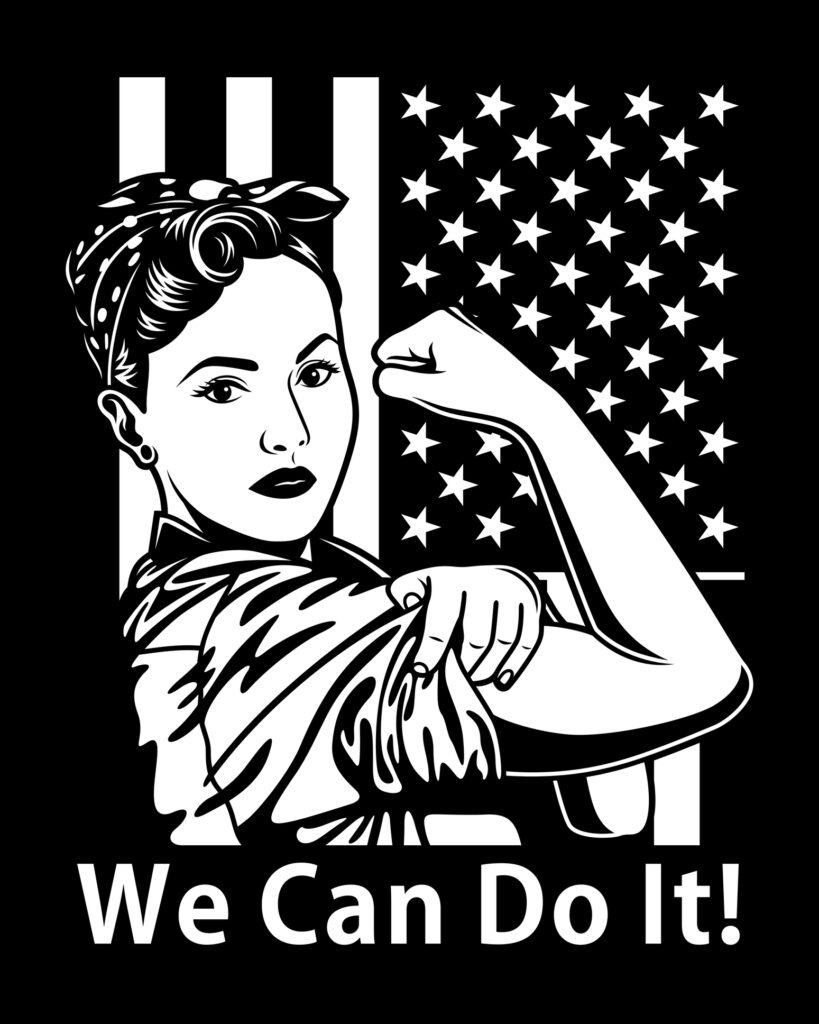
Grades 9-12
Happy EconEdMonth! Celebrate economics all month long by visiting EconEdMonth.org

Don't have an account yet? Sign up for free
Don't have an account yet? Sign up for free


Students explore an alternative to starting a business from scratch – investing in a franchise. They begin by considering the pros and cons of a franchise and whether this form of business is an option that would fit their personality and needs. Students then research and analyze franchise opportunities, ultimately selecting one that they think they might be able to successfully operate in their own community. While making their choice, students consider a variety of factors including their personal interests and abilities, the reputation of the product or service, the franchisor’s ability and willingness to assist the franchisee, and market factors such as consumer demand and anticipated competition.
 On the board, copy this list of businesses in the exact same order.
On the board, copy this list of businesses in the exact same order.
Fantastic Sam’s
Radio Shack
A&W Restaurants
Nathan’s Famous Inc.
Century 21 Real Estate
Hollywood Tans
International House of Pancakes
Subway
Embassy Suites Hotels
Scott’s Lawn Service
Have students look at the list of businesses on the board. Ask them to identify the good or service provided by each, then guess what the businesses have in common. If they are unable to come up with the correct answer, erase all but the first letter of each company name to expose the connection. [Answer: Each business is a franchise].
Tell students that they are going to explore a form of business called a franchise. Lots of people dream about having their own business but starting a business from scratch can be intimidating – especially for people who have limited business experience or money to invest in a business. A franchise is an alternative way to start a business. Some features of a franchise help reduce the risk entrepreneurs face when starting a new business.
[NOTE: The amount of reading required for this lesson is extensive, and therefore you may want to spend two class periods on this lesson instead of one. Or, you may wish to print out some of the material for the students to read prior to actually going through the lesson.]
 Activity 1: What is a Franchise?
Activity 1: What is a Franchise?
Students are introduced to the franchise concept as defined by federal and state laws. The role of the franchiser and franchisee are explained. Descriptions and examples of the two general types of franchises (product distribution franchises and business format franchises) are also provided.
Activity 2: Franchise Pros and Cons
Students are asked to imagine they want to start their own business. After reading about the pros and cons of franchises, they are asked to tell whether they think a franchise is right for them. They are directed to include three reasons for their decision as well as one negative.
The pros and cons they may list are summarized below.
Pros:
Cons:
[NOTE: Consider having students use word processing software to prepare their response. They can then print it out or deliver it to you via email.]
As a class, discuss:
Activity 3: Selecting a Franchise
 Students identify and research two franchise opportunities that they think might succeed near where they live and go to school. They record their findings on a worksheet which offers a list of questions for an investor to consider when selecting a franchise. Answers to the questions can be found at the https://www.entrepreneur.com/franchises and the corporate web sites of the franchisers. At the bottom of the worksheet, students are asked to make a choice between the two options and defend their decision.
Students identify and research two franchise opportunities that they think might succeed near where they live and go to school. They record their findings on a worksheet which offers a list of questions for an investor to consider when selecting a franchise. Answers to the questions can be found at the https://www.entrepreneur.com/franchises and the corporate web sites of the franchisers. At the bottom of the worksheet, students are asked to make a choice between the two options and defend their decision.
NOTE: Some teachers prefer to print and distribute the worksheet in advance to students versus having them print their own copies.
If time allows, have students form small groups representing business partnerships. Each group must study the franchise alternatives selected by the various partners then choose one the group thinks would be most successful in the local community. Each group must make a presentation (an oral report, poster, or Power Point presentation) to the class on their choice. The class then votes for the franchise they think will most likely succeed.
Ask students:
Reinforce the point that starting any business is a risk and there is no guaranteed success. All an entrepreneur can hope to do is reduce the risk of failure though careful investigation prior to making a commitment to a business venture.

Articles for Worksheet:
Additional Articles
Evaluation is built into Activities 2 and 3. Activity 2 has students writing a paragraph that tells which would be better for them – investing in a franchise or starting a business from scratch. Their response must include at least three reasons for their choice and at least one drawback. Students also take a position and defend it in Activity 3 – this time they support their choice of a franchise for them to start near their home neighborhood or where they go to school.
This rubric can be used to assess both position statements. Weights for various elements being evaluated are at the discretion of the teacher.

Grades 9-12


Grades K-2, 3-5

Grades 9-12
